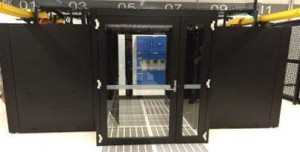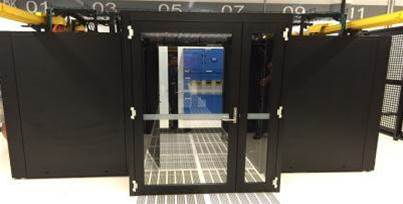 The University of Sydney in Australia has deployed a new Dell supercomputer. Known as “Artemis,” the 1512-core system is powered by Intel Haswell processors, Mellanox FDR InfiniBand, and 480 Terabytes of Lustre file storage.
The University of Sydney in Australia has deployed a new Dell supercomputer. Known as “Artemis,” the 1512-core system is powered by Intel Haswell processors, Mellanox FDR InfiniBand, and 480 Terabytes of Lustre file storage.
Artemis is already helping University of Sydney researchers perform cutting-edge research, such as analyzing the spread of Ebola virus through West Africa,” said professor Edward Holmes from the Charles Perkins Center. Holmes said that by sequencing the virus’s genetic code, the university could discover how Ebola changed and adapted as it spread.
The system’s main computing nodes are based on Dell PowerEdge R630 servers with dual 12-core Intel Xeon E5-2680v3 Haswell generation processors. Each node features a total of 128 gigabyte of DDR4 RAM and two 1 terabyte SAS disks in a RAID-1 configuration. For accelerated computing, Artemis includes 10 K40 GPUs in addition to standard compute nodes.
According to Andrew Underwood from Dell, Artemis has a vast range of commercial and open source scientific applications that are pre-tuned to get researchers up and running quickly, even a Hadoop instance.
What is unique about this solution is that Dell is not only providing the hardware, but we are providing datacenter hosting with an end-to-end fully managed service that includes HPC system administration and researcher support/training.
In terms of software, Artemis runs Centos 6.x and uses Altair PBSpro as its job scheduling system.
Sign up for our insideHPC Newsletter.




